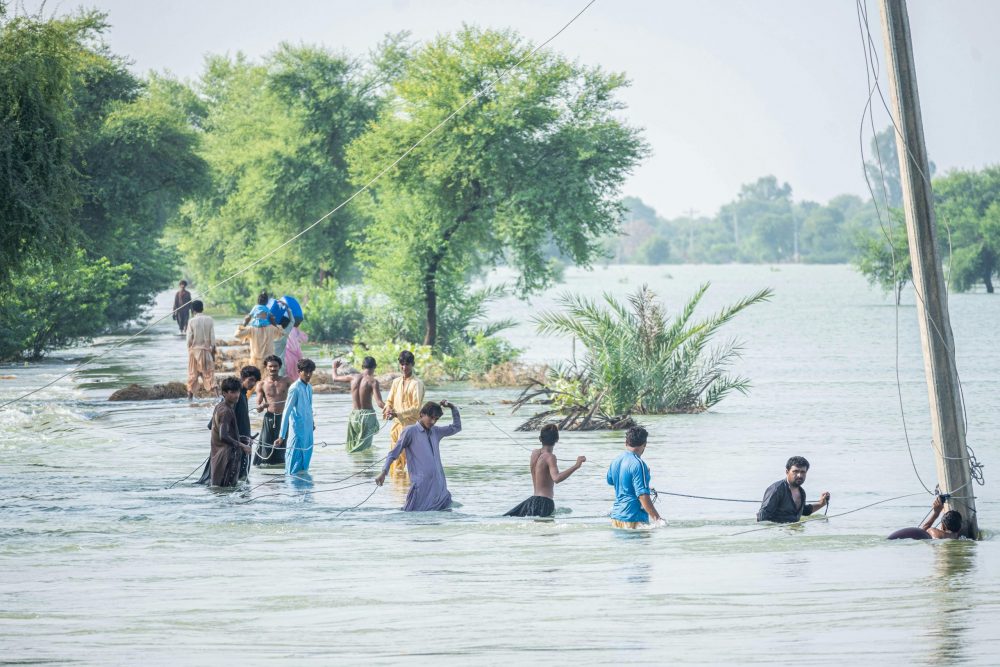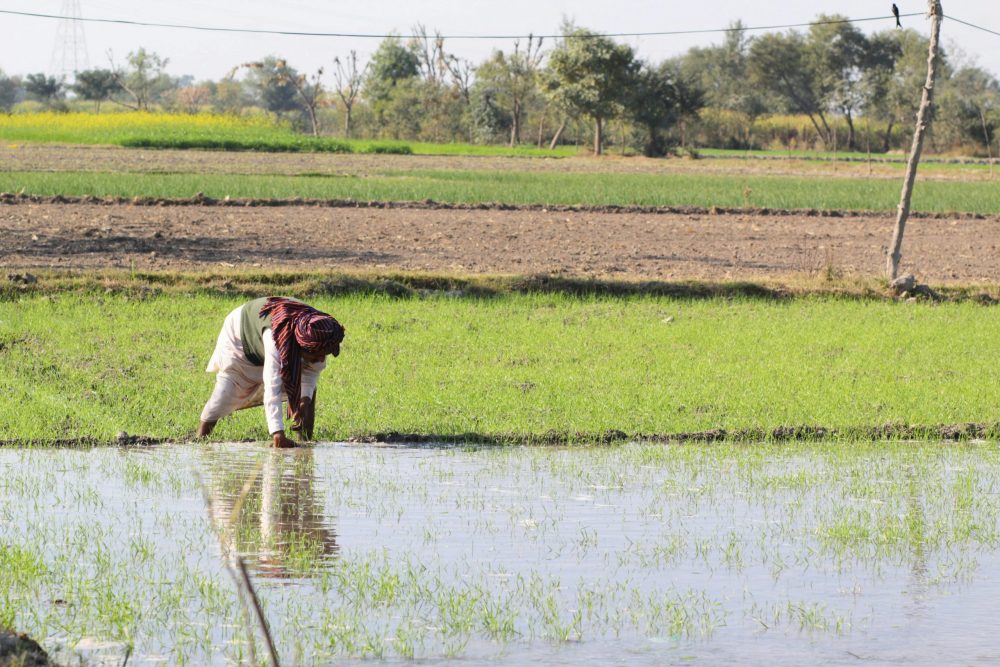This post discusses findings from the Punjab Education Sector Programme (PESP) II evaluation, a performance evaluation funded by the UK’s Department for International Development (DFID). In the first interim phase, survey and administrative datasets were reviewed to understand changes in Punjab’s education landscape since 2012.
Article 25A of Pakistan’s Constitution states that ‘The state shall provide free and compulsory education to all children’. Despite this constitutional imperative, however, Pakistan is a long way away from the provision of universal access to basic education for all. In Punjab, in particular, while some gains have been made in improving access and quality of education, many challenges still remain. This post looks at patterns in educational participation and access in Punjab, during the 2011-2016 period 1 . Access in Punjab is seen to have improved during the evaluation period, with the overall participation rate rising by by 8%. Despite this, there are significant challenges remaining particularly for some groups and regions. Additionally, taken alone, the participation rate lacks nuance, and does not given an accurate picture of prevailing educational disparities in the province.
A deeper look into improvements in educational access and participation in Punjab reveals that while there has been some success at getting more children into school, significant inequalities remain by region, socio-economic status and gender. Additionally, while more children between the ages of 5-16 are attending school, they are not always in the appropriate grade.
Regional disparities are heavily skewed towards urban areas, with children in rural areas far less likely to be able to access education than their urban counterparts. It is promising to note that the percentage increase in participation in rural areas has increased by 9%, as opposed to a 4.4% increase in urban areas. However, the overall participation rate remains higher for urban areas by 6.5%.
Socio-economic disparities are also heavily prevalent in participation and access. Wealth is a significant factor in access to education, with the rich far more likely to be accessing schooling than the poorest. As with regional disparities, it should be noted that while there have been improvements in educational access for the poorest – a 29.5% increase in participation rate between 2013 to 2016 – cost is still a significant barrier for many in sending their kids to school. This is especially problematic given the presence of free primary education. This is because the cost of education does not simply include the direct cost of attending school, but also includes a number of indirect costs such as uniforms, textbooks, examination fees, travel costs and other expenses. More importantly, for a lot of households it also includes the opportunity cost of lost earnings from a child going to school as opposed to earning a living. For households subsisting on the poverty line, all these costs often become insurmountable, even in the face of free primary education.
In terms of gender, girls continue to be less likely to participate in schooling than boys. There has been some progress in increasing girls’ participation in the province – participation rates rose by 9.9% for girls during the evaluation period, as compared to 6.3% for males. But progress has been persistently slow and has not been able to address the basic disparity between genders, with overall male participation rate continuing to be higher. This gender disparity is often exacerbated by low household socio-economic status. Low income households often likely to prioritize boys’ education over that of girls, particularly in the face of limited finances to educate both [1].
Another issue is age-appropriate enrolment. It seems that although participation in schooling has improved, the pattern of enrolment rates indicates that there are still many children who are not attending schooling in the appropriate grade for their age. This is calculated using Gross Enrolment Ratios (GERs) and Net Enrolment Ratios (NERs), which provide alternative means of evaluating access to education at various education levels. What do these ratios mean? Simply put, the GER measures enrolment in a certain grade regardless of age, while the NER calculates the percentage of children in the age-group who are in school at an age-appropriate grade level [2]. While assessing participation data, it is useful to see the GER and NER in conjunction with each other, rather than individually. Discrepancies between the two ratios indicates that children enrolled in school are either entering late to first grade or not progressing regularly through the grades. The persistent discrepancies between the GER and NER for Punjab during the evaluation period are indicative of underlying systemic inefficiencies relating to issues such as overage school entry, grade repetition and drop-outs, among others.
[1] The PESP II evaluation used the the PSLM, Nielsen and ASER data sets during this period. All data and analysis used in this post and the accompanying infographic is also based on data from these sources.
[2] Because of the way GER is calculated, it is possible for the ratio to exceed 100, as both overage and underage children are included in the calculation.
Maheen Saleem Khosa is Manager Communications at the Institute of Development and Economic Alternatives (IDEAS)




